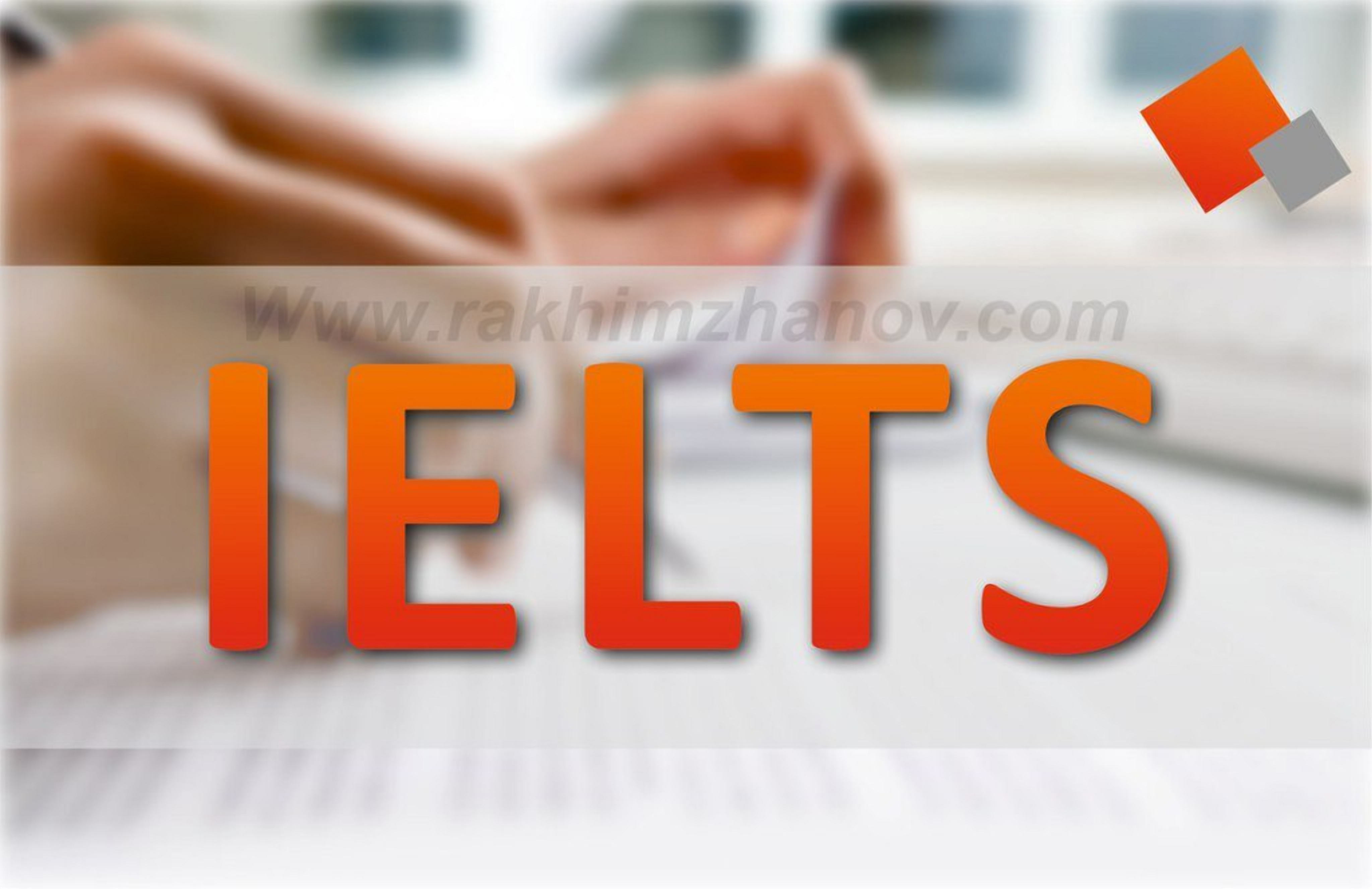Demand and supply: Applications and extensions.
Demand and supply are two of the most basic concepts in economics that describe the interactions between buyers and sellers in a market. These concepts have a wide range of applications and extensions, some of which include:
- Market equilibrium: The point at which the quantity demanded of a good or service equals the quantity supplied is called market equilibrium. At this point, the price of the good or service is stable and there is no surplus or shortage. Market equilibrium is an important concept in understanding how markets function and how prices are determined.
- Elasticity: Elasticity is a measure of how responsive the quantity demanded or supplied is to changes in price. It helps to understand how changes in price will affect the quantity demanded or supplied, and ultimately the market equilibrium.
- Market failure: Market failure occurs when the market is not able to allocate resources efficiently. This can happen due to externalities, public goods, and market power. Understanding how demand and supply interact in these situations is crucial in identifying and addressing market failure.
- Government intervention: Governments often intervene in markets to correct the market failure or achieve other policy objectives. Understanding how demand and supply interact in a market is crucial in evaluating the effectiveness of these interventions.
- International trade: International trade is the exchange of goods and services between countries. The theory of comparative advantage is based on the concept of demand and supply. It suggests that countries should specialize in producing goods and services for which they have a comparative advantage and trade for goods and services for which they have a comparative disadvantage.
- Behavioral economics: This field of economics uses the principles of psychology to understand how people make decisions. Behavioral economics has extended the classical model of demand and supply by including factors such as emotions, social norms, and cognitive biases.
In conclusion, demand and supply are fundamental concepts in economics that have a wide range of applications and extensions. These concepts are used to understand how markets function, how prices are determined, and how to address market failure. They are also used to evaluate the effectiveness of government interventions, understand international trade, and incorporate behavioral factors in decision-making.



